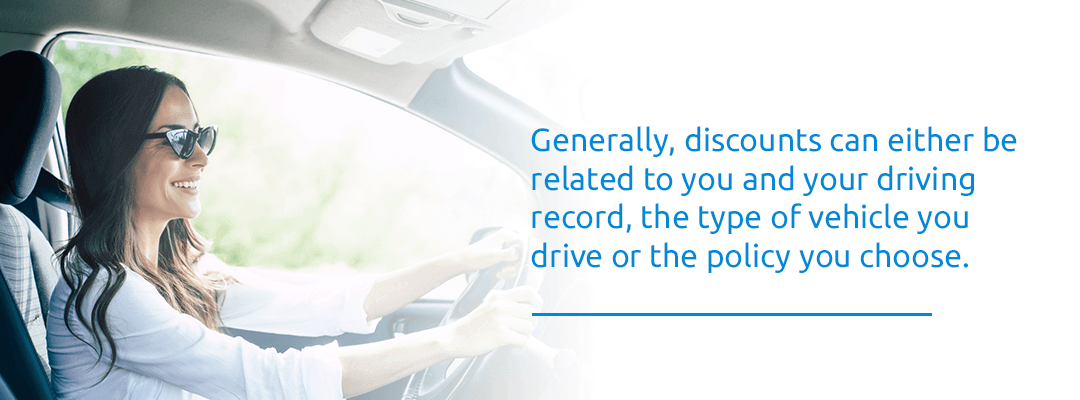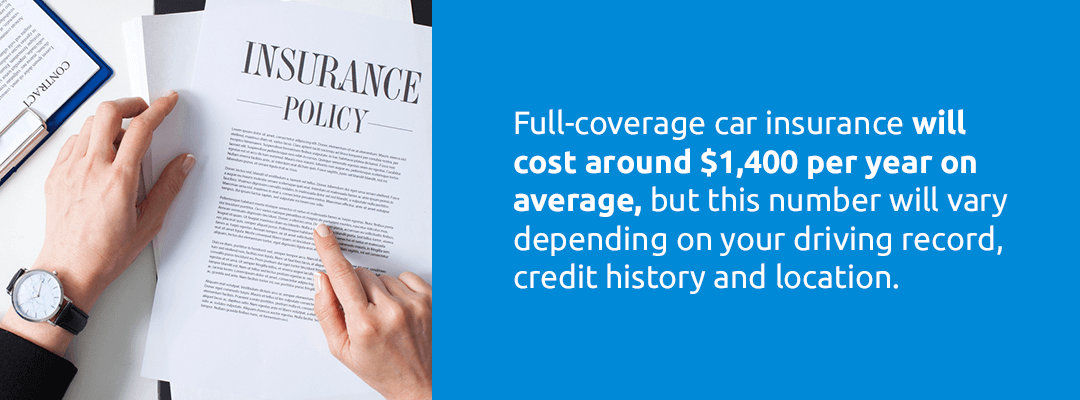
Are you the type of driver who pays your insurance premium without fully understanding what you’re paying for? If so, you’re not alone. Many drivers aren’t too familiar with their coverage details, but it doesn’t need to be that way. Once you understand auto insurance costs, you’ll have more control over your premium and how much you pay. The more you know, the more you can potentially save.
In this chapter, we’ll look at premiums and how they are determined. If you need help finding the lowest car insurance rate for your situation, please contact us at David Pope Insurance.
According to data from 2017, the average cost for car insurance nationwide is about $1,005 a year, or around $84 a month. The average insurance cost in Missouri is roughly $870 a year, or $73 a month. Your premium will vary depending on many factors, such as whether you choose full coverage or minimum coverage, and whether you have a clean driving record. It also matters where you live. Urban drivers typically pay higher rates than those who live in small towns or rural areas. This is because urban locations tend to see more insurance claims due to accidents, theft or vandalism.
Insurance companies will put some thought into determining your premium. This is because they want to consider the level of risk you bring as a driver. Here are factors insurance companies typically consider when choosing the amount you’ll pay for car insurance:
Most of the above factors show insurance companies the likelihood you’ll file a claim. If you’ll likely get into an accident, you can expect that to impact your rate. For example, women statistically get into fewer accidents than men. Likewise, occasionally driving through a small town is less risky than commuting to the city every day. Therefore, if you’re a woman with a good driving record who lives in a small town, you’ll likely have a lower insurance premium than a man who lives in a city.
Generally, a higher deductible is better because you’ll pay a lower monthly premium. However, since everyone has different needs, you’ll want to consider the pros and cons of a higher deductible before choosing. The main advantage of a higher deductible is a lower monthly payment. With a lower premium, you can put more money into maintaining your car. Choosing a higher deductible might be the right choice for someone who has emergency funds for repairs.
The greatest disadvantage of a higher deductible is you’ll pay more for car repairs before your insurance kicks in. A high deductible may not be the best option if you do not have emergency money saved. It may also not be worth it if you drive an older car that’s valued at a few thousand dollars or less.
Although it typically takes three to five years for your premium to go down after an at-fault accident, there are ways to work toward a lower premium in the meantime. The following tips can help lower your car insurance premium regardless of your record:
If you’re looking for more affordable car insurance, you may be eligible for certain discounts. Generally, discounts can either be related to you and your driving record, the type of vehicle you drive or the policy you choose. Here are a few ways you may get a discount on your car insurance, depending on your carrier:

If you’d like to learn more about discounts that can lower your car insurance premium, let us know at David Pope Insurance, and we’ll see what we can do.
Car insurance rates for a teenager vary greatly and may cost anywhere from $2,000 to $7,000 a year or more, depending on the driver’s age, location and the company. The younger the driver is, the more their insurance will be because less experienced drivers are more likely to get into an accident.
It’s less expensive for your teen to be put on your plan than having an individual policy, but know that your car insurance premium can increase by around 160% by adding a teenager. On the bright side, a teen’s premium will go down as they mature. In the meantime, they might be eligible for a discount if they get good grades and take a driver’s education class.
Are you worried you can’t afford car insurance for your teen? At David Pope Insurance, we can help you find the right plan for your budget and your family members.
Full-coverage car insurance will cost around $1,400 per year on average, but this number will vary depending on your driving record, credit history and location.

In general, luxury cars will have a high premium because they cost more to repair or replace. You might expect to pay around $4,000 a year for luxury vehicle insurance. Some of the most expensive cars to insure include:
As a driver, you may have noticed insurance rates rising over the years. For example, the average cost of auto insurance increased from $789 in 2010 to $1,004 in 2017. Car insurance rates will likely continue to increase due to the cost of repairing new vehicle technology and a greater frequency of accidents related to distracted driving.
This doesn’t mean insurance rates will continue to grow for eternity. New safety features and autonomous technology may lead to a reduced frequency in accidents, potentially reducing premiums for drivers in the future.